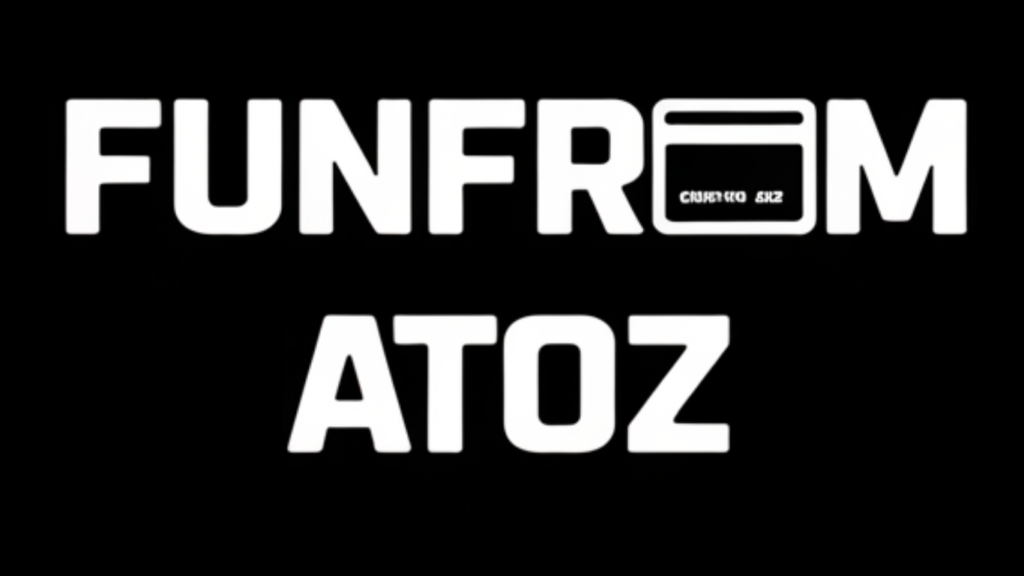Crafting a remarkable resume is crucial in today’s competitive job market. It’s not just a document listing your experiences; it’s your personal branding tool that showcases your skills and potential to employers. Knowing how to write an effective resume can be the key to opening doors to new and exciting career opportunities.
Many job seekers overlook the importance of a well-structured resume. A carefully written resume highlights your strengths and minimizes weaknesses, creating a compelling narrative that draws interest. Understanding the essential components and tailoring your resume for each application can significantly increase your chances of landing interviews.
In this guide, we’ll explore strategies and tips to help you create a standout resume. From selecting the right keywords to highlighting achievements, we’ll provide you with the tools needed to make a lasting impression on hiring managers. Whether you’re a recent graduate or a seasoned professional, learning how to write an effective resume is an invaluable skill for career advancement.
Understanding the Purpose of a Resume
A well-crafted resume serves multiple purposes beyond merely listing your job history. It is a marketing document designed to sell your professional capabilities to potential employers. Think of it as your personal brochure, highlighting your strengths and unique value.
Resumes provide an employer with a first impression of who you are as a professional. Thus, focus on making this document an accurate reflection of your skills and accomplishments. Remember, it’s not just about what you’ve done, but how effectively you can leverage that experience in a new role.
Ultimately, a resume aims to secure you an interview. It must be compelling enough to make a hiring manager want to learn more about you. Therefore, clarity and conciseness are essential in achieving this goal, helping you stand out in a crowded job market.
Choosing the Right Format
Selecting the appropriate resume format is crucial to presenting your experience and skills effectively. The three main resume formats are chronological, functional, and combination. Each has its advantages, depending on your career stage and experience.
The chronological format is ideal for those with a solid work history, emphasizing progression and achievements in each role. This format is the most commonly used and is preferred by many employers because it highlights a steady career trajectory.
The functional format focuses on skills and experiences rather than specific job titles. It suits individuals shifting careers, those with gaps in their employment history, or recent graduates. The combination format merges elements from both, allowing flexibility in showcasing strengths.
Highlighting Key Achievements
Your resume should shine a light on accomplishments, not just duties. Employers are drawn to candidates who demonstrate a track record of success. Identify measurable achievements in previous roles that demonstrate your capabilities.
Quantify these achievements with specific metrics whenever possible. For instance, “Increased sales by 20% in six months” is more impactful than saying “Responsible for increasing sales.” Numbers and statistics bolster your credibility and catch the attention of hiring managers.
Focus on relevant accomplishments that align with the job you’re applying for. Tailoring this section to the specific role enhances your fit for the position and strengthens your application.
Utilizing Keywords Effectively
With the advent of digital recruitment processes, many employers use Applicant Tracking Systems (ATS) to filter resumes. These systems scan for specific keywords to determine a candidate’s suitability. Use keywords effectively to ensure your resume makes it to the next stage.
Research job descriptions and industry standards to identify relevant keywords. These might include specific skills, certifications, or software proficiencies. Integrating these strategically throughout your resume increases its visibility in ATS searches.
However, avoid keyword stuffing. Ensure your resume reads naturally and authentically, reflecting your actual experiences and qualifications. Employer expectations should seamlessly match your expertise as presented.
Crafting a Compelling Personal Statement
Positioned at the top of your resume, your personal statement is a snapshot of your career goals and key competencies. It provides context to your application and sets the tone for the rest of your resume.
A compelling personal statement is concise, usually two to three sentences long. It should include your career aspirations, top achievements, and core skills relevant to the role. Tailor this section for each application to address the specific needs of the potential employer.
Ensure that your statement is aligned with the job’s requirements and reflects your personal brand. This connection between your abilities and the employer’s needs can make a persuasive case for why you are the ideal candidate.
Proofreading and Refining
The final step in drafting an effective resume is thorough proofreading and refinement. Flawless presentation reflects attention to detail and professionalism, crucial traits in any job role. Begin by reading through your document to spot typographical, grammatical, or formatting errors.
Consider enlisting the help of a professional resume writer or a trusted colleague to review your resume. A fresh set of eyes can identify mistakes you’ve overlooked and provide feedback on areas that might need enhancement.
Continuously refine your resume for each job application, ensuring that it remains current and relevant. Tailoring energies ensure the document consistently reflects your ideal professional persona and attracts prospective employers.
Conclusion
Writing an effective resume is a critical step toward achieving career success. By understanding the purpose of a resume and meticulously crafting each section, you can create a document that resonates with employers.
Incorporating these strategies ensures your resume stands out in a sea of applicants. Always remember that your resume is a living document — consistently updating and refining it reflects your growth as a professional.
As you apply these tips, seize the opportunity to transform your resume into a compelling representation of your professional journey. This transformation is pivotal in capturing the interest of hiring managers and securing the interviews you deserve.

